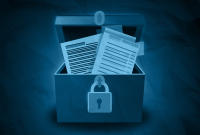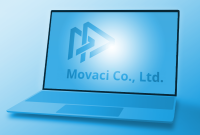Legal Writing and Technology

Strong document retention policies are essential for workplace investigations and misconduct allegations. Get tips to protect your organization and those it serves.

Explore how AI is revolutionizing industries with enhanced efficiency, innovative solutions, and cutting-edge cybersecurity tools. Learn about managing AI risks, staying compliant with evolving regulations, and securing your organization’s future in a digital world. Discover practical insights and expert guidance for nonprofits and businesses.
As if discovery were not complicated enough, now electronic discovery includes text messages. This post presents some current legal rulings and the dangers they flag if a firm incorrectly handles text messages.
This post discusses ways to use videoconferencing, particularly Zoom, for depositions or trial preparation and testimony, including the recording and screen-sharing features.

A multi-chapter resource about how disclosures and discovery can be a burden on small firms, but software like Adobe Acrobat Pro can save time and help you get the case organized for trial.
Good appellate briefs are hard to write and require working through several stages. Prepare a better appellate brief with this overview of Wes Hendrix’s four stages of effective self-editing.
Learn more about the U.S. State Department’s launch of a new consular security and safety messaging system and how to access the new system.
Jack Metzler’s forthcoming article about using the (cleaned up) parenthetical for altered quotations makes a good case for streamlining the Bluebook rules on quotations in legal writing.
The 10th Circuit Court of Appeals is now using NextGen CM/ECF for e-filing. Check out this post highlighting the new system and outlining how to take full advantage of it. E-filing is not that hard.
